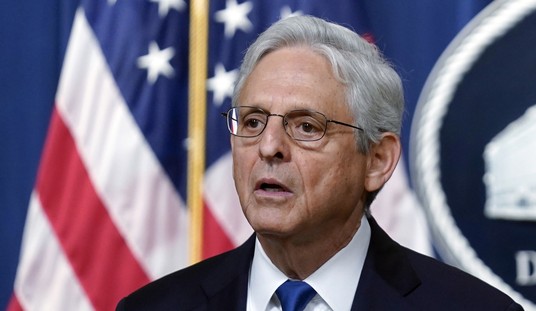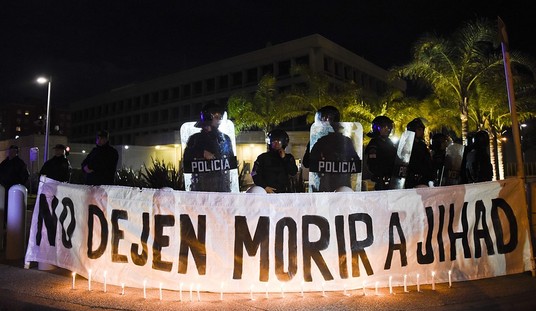ARLINGTON, Va. — The spokesman for U.S.-led coalition operations in Syria and Iraq said there are estimated to be fewer than 3,000 ISIS fighters left today, though the terror group has been adapting to its battlefield losses as it transitions into a virtual caliphate.
Col. Ryan Dillon told Pentagon reporters from Kuwait today that Russian claims of an ISIS-less Syria are not true, as the Syrian Democratic Forces continue to encounter and fight ISIS particularly in the Middle Euphrates River Valley. Iraq, however, has gained control of all territory once occupied by the Islamic State.
“The fight against ISIS remnants continues today,” Dillon said. “Iraqi Security Forces conduct clearance operations and pursue pockets of enemy ISIS fighters to thoroughly eradicate these terrorist elements hiding throughout the country.”
In Syria, ISIS “is putting up a stiff defense in remaining territories in the MERV, likely as a delaying action to allow other elements to displace to southwest and northwest Syria to seek sanctuary and/or continue to fight.” ISIS also “may have slipped through porous Syrian and Russian defenses to arrive in areas near Damascus” by the hundreds, the Operation Inherent Resolve spokesman said, as in other areas the SDF has been tangling with a “desperate and dwindling ISIS force” that “continues to fight vigorously.”
More than 7 million people have been liberated from ISIS by the Iraqi Security Forces and SDF. “Although ISIS’ physical caliphate has crumbled, we fully expect the enemy to make a concerted effort to maintain their presence and influence in the virtual domain. While ISIS has been defeated as a conventional fighting force, we cannot forget their terrorist roots,” Dillon warned. “We know this enemy is as adaptive and savvy as it is cruel and evil.”
He theorized that ISIS fighters are heading west because Assad’s forces are easier to deal with than the SDF, a multi-ethnic, multi-sectarian force of women and men including Kurds, Arabs and Assyrians. The SDF are anti-regime, and Assad has blasted the liberating force as “traitors.”
ISIS left behind up to 8,000 IEDs and booby traps in their onetime capital Raqqa; those have to be removed before essential services can be restored and families start moving home, Dillon stressed.
“We have seen too many times where families have returned to their homes to find these explosives … specifically looking to maim and harm civilians,” he said. “So we’re talking dresser drawers and ovens, and we’re also talking about inside of toys, like a teddy bear.”
The Raqqa Internal Security Force, which was established by the SDF to keep the peace after ISIS was cleared from the city, has more than 3,000 members. Civil councils are overseeing the stabilization efforts “so that people can start coming home to where they’re from, voluntarily and in a dignified manner.” In September, Ammar Hussain Al-Hussain, chairman of the Education Committee on the Al-Raqqa Civil Council, was killed by an IED left in a school as he was surveying preparations for kids to return to classes.
Elsewhere in Syria, Dillon said Bashar al-Assad’s regime has “not demonstrated long-term ability to prevent ISIS from resurgence or threatening us or our partners,” so there’s “legitimacy for the coalition being in Iraq and in Syria, and for remaining there until some kind of political process takes ground.”









Join the conversation as a VIP Member